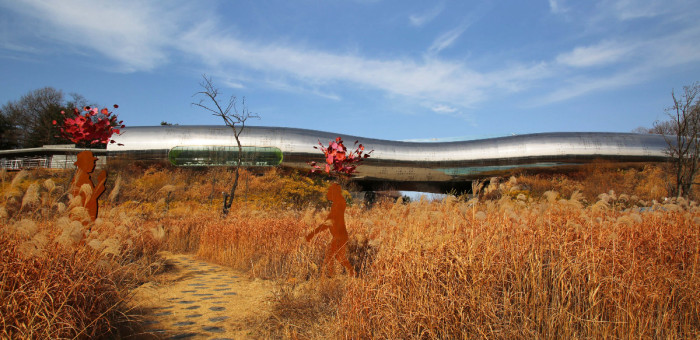GyeongGi Cultural Foundation
“Paleolithic empty field” than Legoland!
On July 6, at the 43rd UNESCO World Heritage Committee, nine “Korean seowons” passed the screening for World Heritage registration. As a result, Korea has 14 World Heritage Sites including the Royal Tombs of Joseon, starting with Seokguram and Bulguksa Temple. It falls short of Italy and China, but it is still listed as a cultural country (?) with a fairly large number of world heritage sites.
In the World Heritage Convention adopted in 1972, since cultural heritage is a valuable and irreplaceable asset not only for individual countries but also for the whole of humanity, the world is aimed at identifying, protecting, presenting, and transmitting to future generations cultural heritage of outstanding universal value. It was revealed that it is screening and listing cultural heritage. Nine seowons, including the minority seowon listed this time, have been registered as World Heritage Sites as they have been recognized for their outstanding universal value in that they show a historical process in which the concept of Sung Confucianism changes according to Korean conditions. In this respect, it is a celebration and joy to see that Korean seowon has been registered as a World Heritage Site.
However, when recalling the concern that the International Council on Monuments and Relics (ICOMOS) was also concerned that elitist structures were excessively listed on World Heritage Sites, it can be assumed that the registration of prehistoric sites, including Paleolithic sites, as a world cultural heritage site is still a disadvantage. Although prehistoric times occupy most of human history, there are relatively few prehistoric relics designated as world cultural heritages than historical relics. It is said that the probability of being listed as a world cultural heritage increases only if there is a business card for the application for registration as a world cultural heritage only when the fossils of ancient humans, which are important for the study of human evolution, are present.

In the case of Paleolithic ruins, there is a place with a sign saying “Paleolithic empty field” in most cases, so when you visit, there is nothing visible. So, if you don't have enough knowledge, you won't be impressed. He is claiming that several seemingly insignificant pieces of stones are important relics. However, the Paleolithic ruins that are left in the empty field are as important human assets as the so-called luxurious world cultural heritages. This is because numerous stories of prehistoric people remain precious there.
Professor Neil Silverman reinterpreted cultural heritage as a place where visitors can enjoy leisure outside of their daily lives, and for locals, it is a workplace that is part of the service industry in a region where the economy is underdeveloped. In the case of prehistoric relics as public goods that occupy a certain land, the two above can be said to have a relative competitive advantage to catch two rabbits of development and preservation to some extent, which can complement somewhat contradictory goals.
Rather than a society that shovels hard to build Legoland (Gangwon-do) on the ruins of Jungdo, a society with a large number of citizens who can be impressed by the numerous stories that are not visible even when standing in the middle of the Paleolithic period is the basis of our dream I wonder if it is qualified.
<Copyright(c)2002 GGC All rights reserved.>
- Writer
- GyeongGi Cultural Foundation
- About
- Everything about the GyeongGi arts and culture, GGCF
- homepage
- https://www.ggcf.kr/